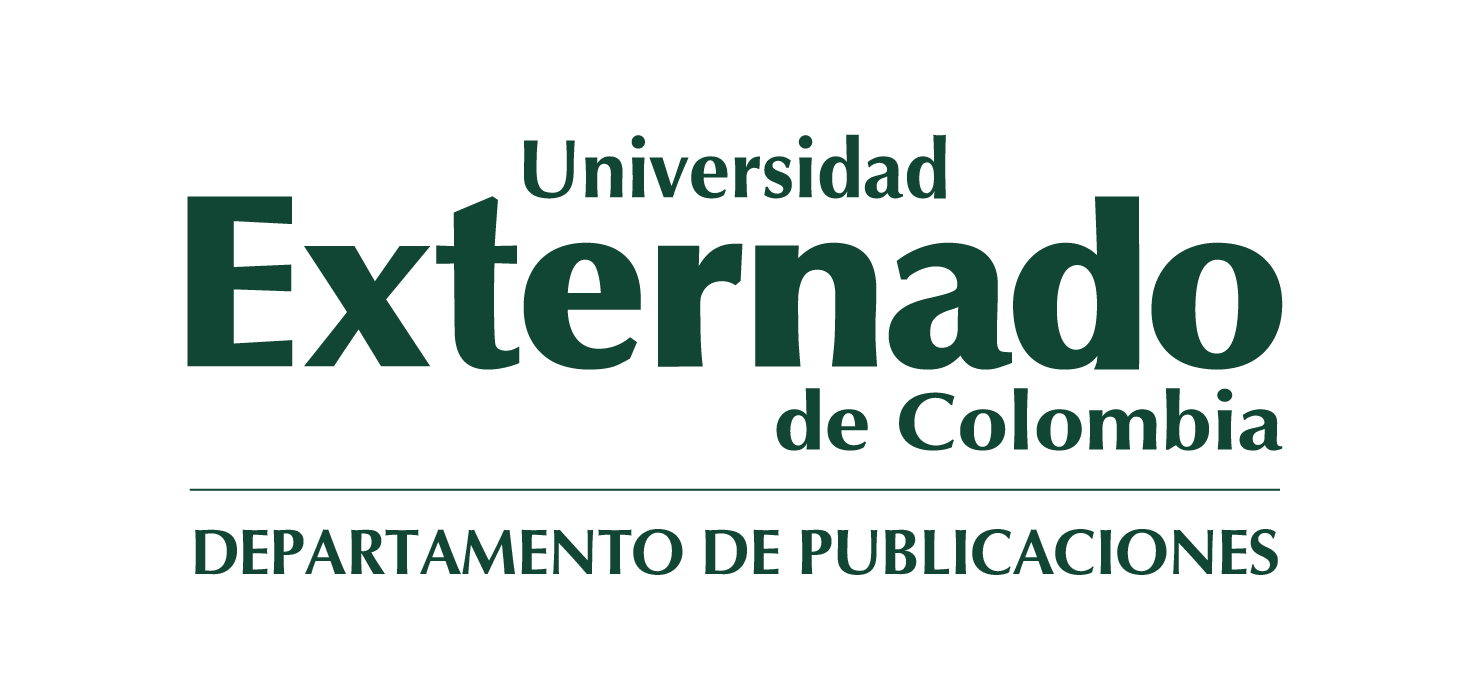Agricultura, campesinos y alimentos en Colombia (1980-2010). Seríe I Cuadernos del CIDS
The formation of the Colombian rural world has included a set of peasant agriculture, particularly food producers, as well as a business community that generates exportable agricultural goods and raw materials for agroindustries. This process has been influenced by state policies for access to land, fundamentally favorable to large property, as well as measures that fostered technological transfers to the different sectors linked to the production of exportables and raw materials, and to a lesser extent, to the food producers.
The intertwining of confrontations over the appropriation of land with partisan confrontations led to one of the longest armed social conflicts in the history of Latin America, which has had international reach as it converged with the Cold War. In this context, the proposal for an agrarian reform arose as a solution to the political and economic problems derived from the concentration of property. The leading sectors have exercised a resounding opposition to the redistribution of land, opting for colonization of the edges of the agrarian frontier. Colonizations, without effective support from the State, facilitated the linking of the country to the booming international drug trafficking economy, thanks to policies aimed at controlling anti-war social movements.
The expansion of the production and marketing of psychotropics encouraged the conflicts already existing in the countryside and led to a war that would result in the consolidation of the concentration of agrarian property at the cost of the exodus of more than seven million peasants. Their expulsion, in addition to affecting food production, has contributed to the informalization and precariousness of employment. These social sectors, despite the restrictions that affected them, had achieved high levels of participation in the country's food satisfaction, but these achievements were violated by the implementation of trade liberalization policies, which would have their most complete expression in the free trade agreements, in full development at the beginning of the 2010s, marking a profound deterioration in the country's food production.
ÍNDICE DE TABLAS
ÍNDICE DE MAPAS
ÍNDICE DE GRÁFICOS
ÍNDICE DE IMÁGENES
SIGLAS Y ABREVIATURAS
AGRADECIMIENTOS INTRODUCCIÓN
Punto de partida: un camino en la investigación sobre la agricultura y los campesinos colombianos Luchas por el pan Importancia teórica y práctica del tema
I. CAPITALISMO EN LA AGRICULTURA
1.1. Transformaciones de los sistemas agrarios
1.2. Agricultura, campesinos y alimentos; centros y periferias
1.3. Evolución del contexto internacional a partir de 1945 1.4 Migraciones y mercados laborales
2. COLOMBIA EN LA RUTA HACIA LA MODERNIZACIÓN AGRARIA
2.1. Condiciones de las agriculturas colombianas a mediados del siglo XX
2.2. Distribución de la tierra para la producción agropecuaria
2.3. Las ganaderías
2.4. Agriculturas campesinas
2.5. La economía cafetera
2.6. Reforma agraria en el proyecto del "desarrollo"
2.7. El narcotráfico en la problemática agraria
2.8. ¿Hacia los límites del "desarrollo"?
3. POLÍTICAS PARA LA TRANSFORMACIÓN AGRARIA: CAMBIOS ESTRUCTURALES Y CONSECUENCIAS
3.1. Transición de las agriculturas colombianas hacia las nuevas condiciones de la economía mundial
3.2. Afianzamiento de la agricultura de plantaciones
3.3. Dimensiones del mundo rural y de la participación campesina
3.4. Las políticas dirigidas a mejorar el acceso de los campesinos a la tierra y los servicios básicos
3.5. Guerra y destierro: tierras y mano de obra para la nueva agricultura
3. Concentración de la tierra, despojo de territorios y mercados laborales
3.7. Contexto y alcances de la Ley 160 de 1994: la "reforma agraria vía mercado de tierras"
3. La oferta alimentaria en la recomposición de la agricultura
4. TRÁNSITO HACIA UN NUEVO MODELO AGRARIO
4.1. La reconfiguración agrícola a partir de los años noventa
4.2. Desarrollo de los cultivos con mayor potencial exportador
4.2.1. Banano
4.2.2. Caña de azúcar
4.2.3. Palma aceitera
4.2.4. Flores de corte
4.3. Transición hacia la producción de agrocombustibles en la Orinoquia: el piedemonte y la altillanura
4.4. La altillanura: fragilidad ambiental, acaparamiento y extranjerización de tierras
4.5. Política de tierras para el régimen agroexportador 4.6. De la economía agroexportadora a la mineroexportadora
4.7. Hacia el Tratado de Libre Comercio con Estados Unidos
4.8. Condiciones sociales del campo
5. RESISTENCIAS Y PROYECTOS ALTERNATIVOS DE COMUNIDADES MESTIZAS, NEGRAS Y PUEBLOS ORIGINALES
5.1. Organizaciones rurales y movimientos insurgentes
5.2. Movilizaciones de los pueblos originarios
5.3. Las comunidades negras
5.4. Movimientos sindicales
Impreso
eBook
-

-
Darío A. Fajardo Montaña
-
Antropólogo Universidad Nacional de Colombia, Master in Arts, Universidad de California en Berkeley (EUA), miembro de número de la Academia Colombiana de Ciencias Económicas. Profesor investigador Universidad Externado de Colombia. Fue Oficial de Programas/ Asistente Representante FAO en Colombia (2002-2007), Consultor Banco Mundial Proyecto Zonas de Reserva Campesina (1998-2000), Consultor IICA Proyecto Zonas de Reserva Campesina (1996-1998), profesor asociado Escuela de Economía Universidad Nacional de Colombia (1985-2003), Director Instituto Amazónico de Investigaciones Científicas SINCHI (1990-1996), profesor titular interino Universidad Nacional de La Plata, Argentina (agosto 1994, noviembre 1.997)
-



